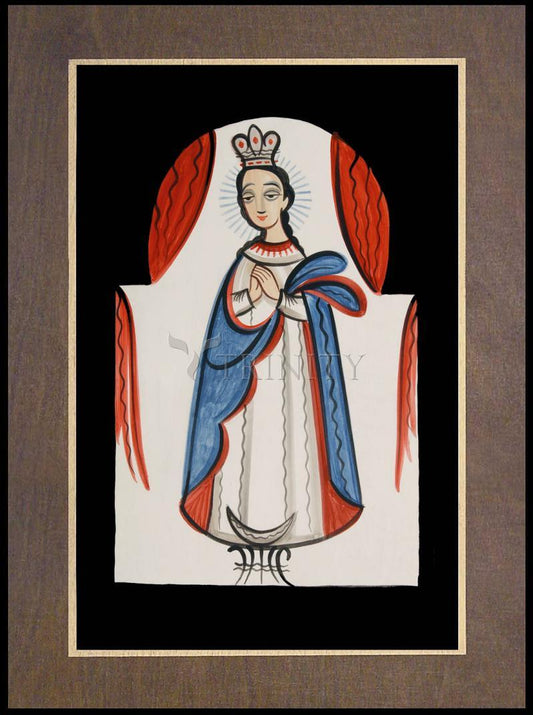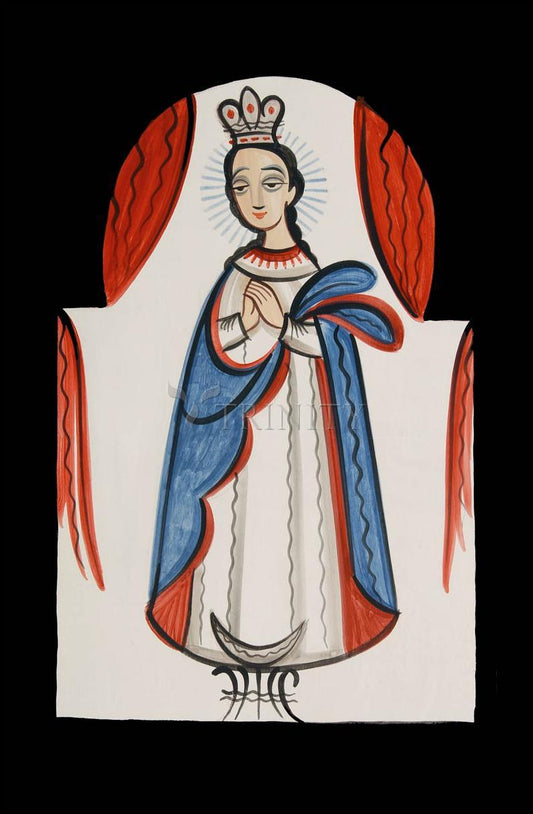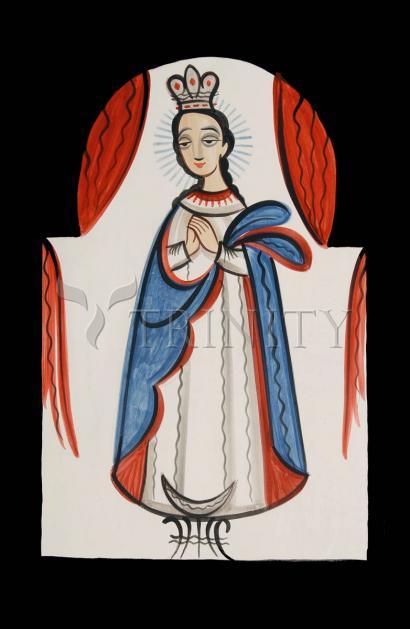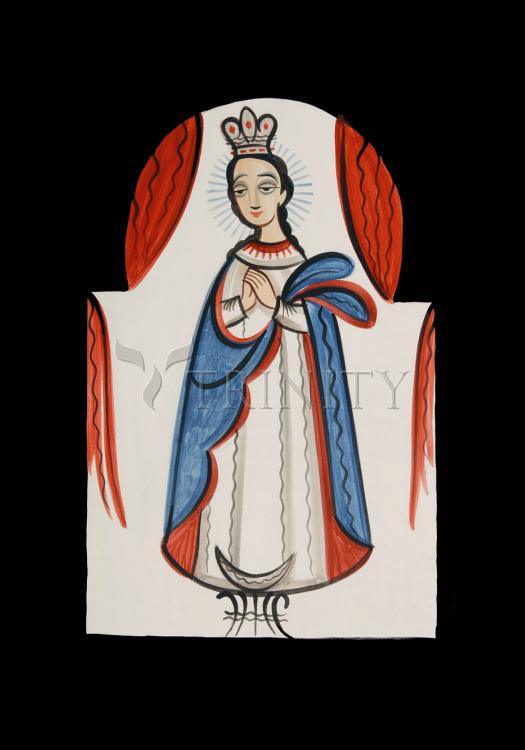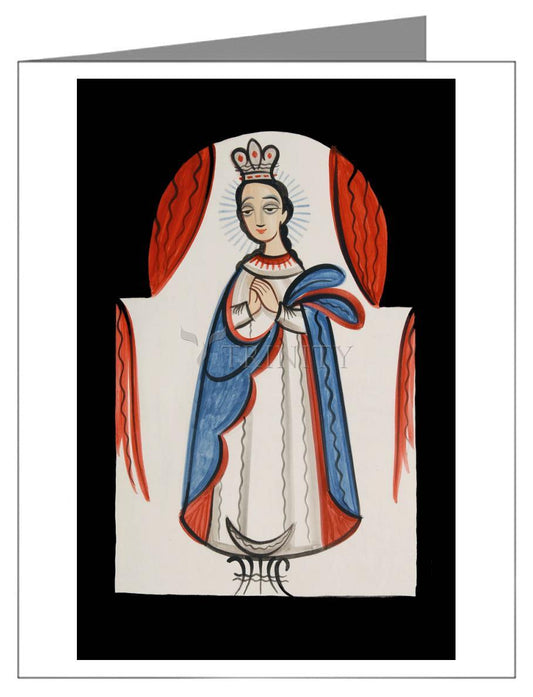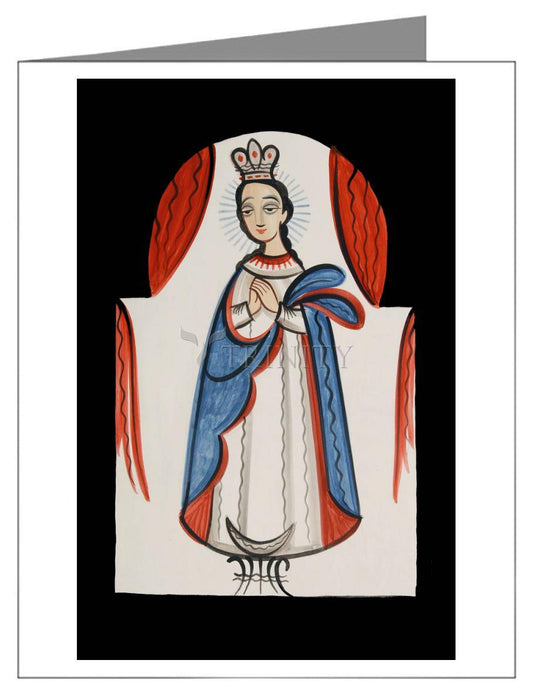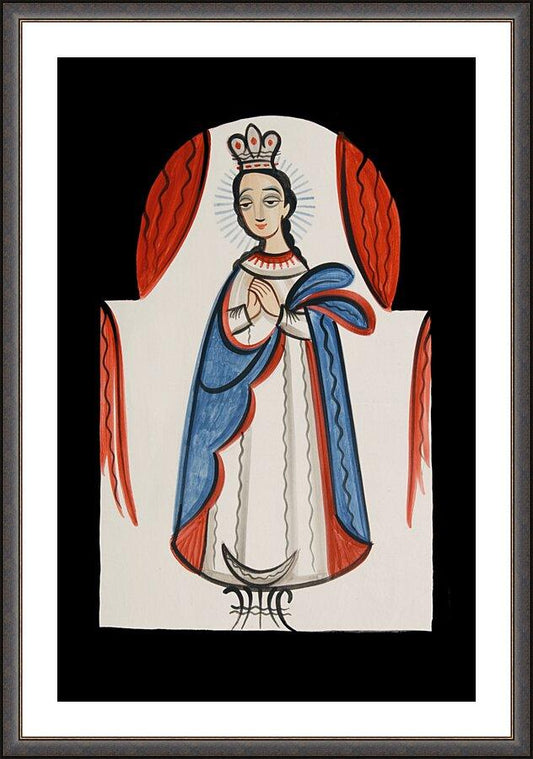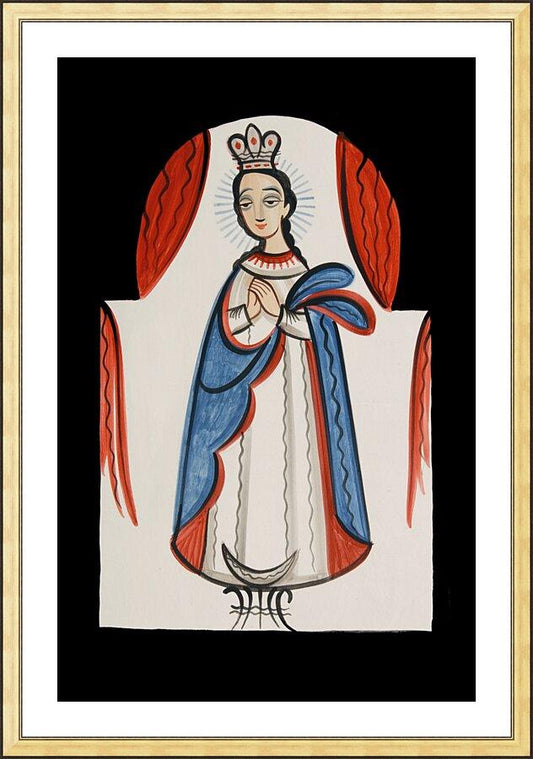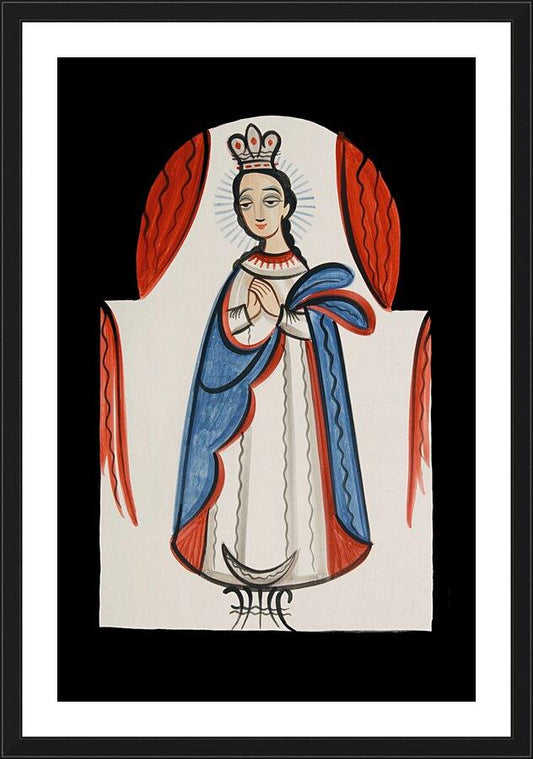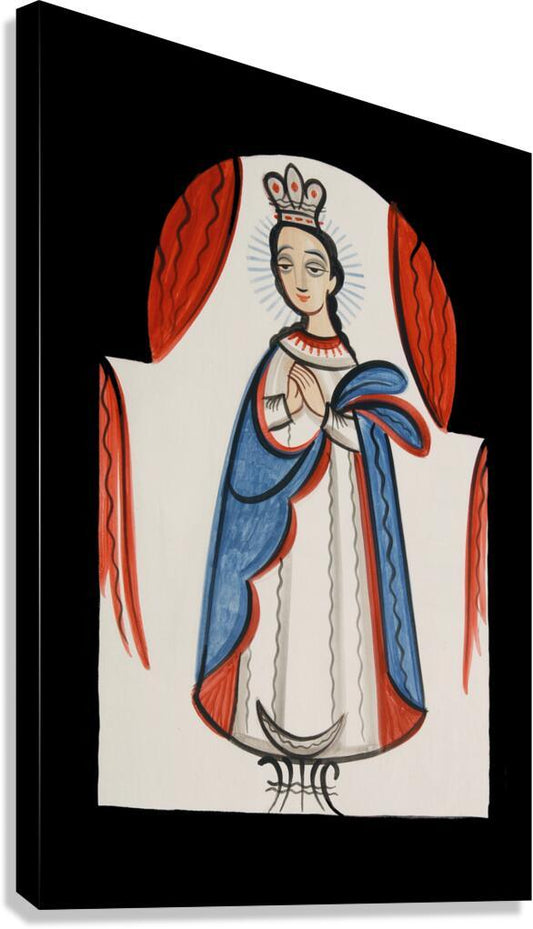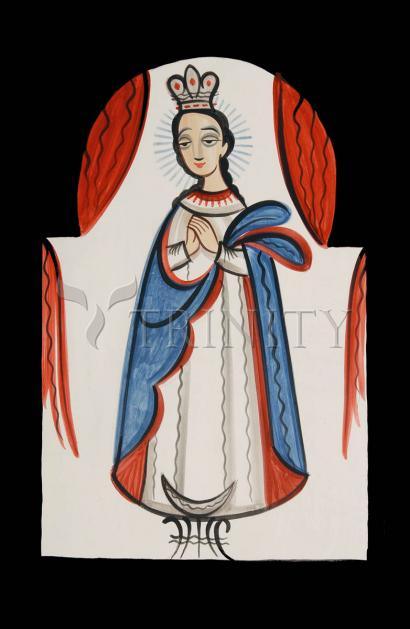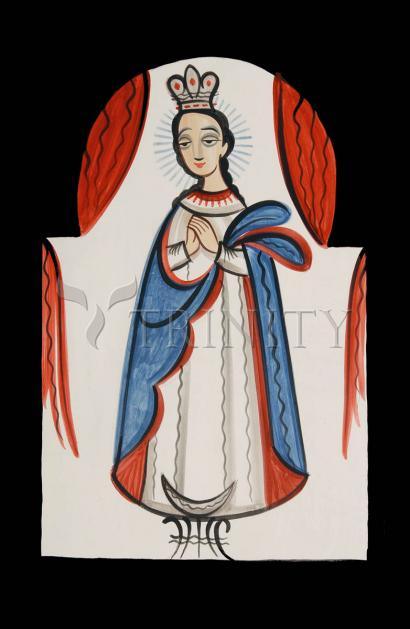On December 8 we celebrate the Immaculate Conception, not only as Catholics but also as Americans. The Catholic Church of the United States made the Immaculate Conception the patronal feast of the whole nation. This occurred in 1846, eight years before the dogmatic definition.
The history of this dogma is an excellent example of how the Magisterium of the Church functions, namely it is a good illustration of its patient, consensus-seeking role through the centuries. For a long time the question of the Immaculate Conception was left open for free discussion. Later, the Magisterium forbade the accusation of heresy to be used by either side, for the sake of peace in the Church. The Pope then favored orthopraxy over orthodoxy by granting a liturgical office of Mary's Immaculate Conception (1477). It was only after consulting with all the bishops, through their mediation with the whole people of God, and with the help of several theological committees that the dogma of faith was finally defined (1854).
Our mental, artistic and theological images of the Immaculate Conception should be images of joy. Joy is part of beauty. Beauty rouses our love, says Augustine, we love what is beautiful. If the Immaculate Conception fails to communicate joy, our concept or understanding of this privilege of love is in serious trouble.
And so, today on behalf of the Immaculate Conception, we proclaim a fourfold joy:
We proclaim that God is daringly loving, a God who freely and abundantly gives to his creation: acting neither with reticence nor in cold calculation; his love represents the pure pleasure of giving. One should weigh Mary's Immaculate Conception not only in terms of a brilliant move in the strategic deployment of salvation history. God loves Mary for herself. True love is not utilitarian, but daring, because it is sure of itself and sure of the loved one.
We also proclaim the grandeur and nobility of Mary. She is full of Grace yet without merit, the Queen of Saints, yet remains the handmaid of the Lord. Mary's grandeur is with God and her true nobility is rooted in her poverty.
In proclaiming the Immaculate Conception we simultaneously proclaim the Immaculate Concept of the human person. What Mary is, we should have been, that is, the living embodiment of the uncorrupted concept of man or woman. Today's dogma is not only about Mary the exception, but also about us, each one of us, the unfortunate rule. The immaculate concept of the human person implies the original unity of creation and grace. And so what in Mary is reality becomes our destiny, meaning that in a very real way she, the Immaculate, will always be a challenge to our human and religious identity.
We also proclaim that sinlessness and sanctity are "privileges of action" and not mere status symbols. All action in faith is love. Therefore, the Immaculate Conception is a perfection of love. We may rejoice because through sinlessness and sanctity the Immaculate Conception becomes our Hodegos, which means that she is our way to perfection, just as she herself had to go the way of Christ's perfecting love, all the way to the Cross and from there to the ever present, yet invisible, core of the Church.
The Immaculate Conception is not only an object of admiration and praise. It is like a leaven put into the amorphous mass of human hope and despair, of human potential and deficiency.



